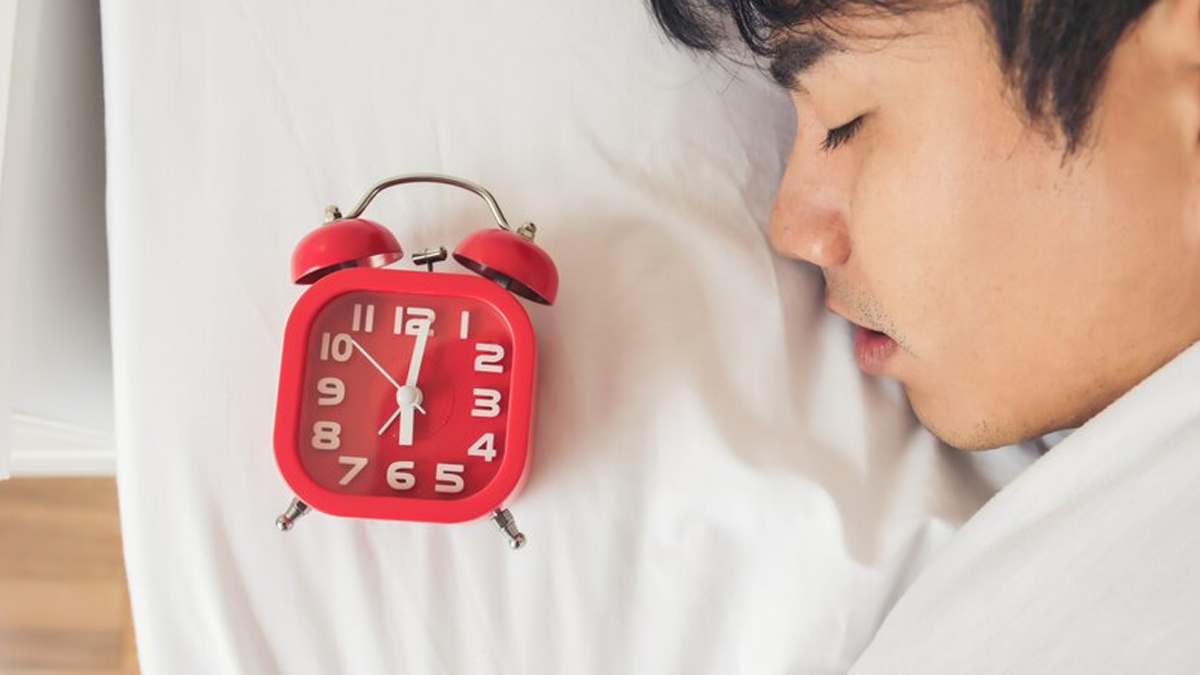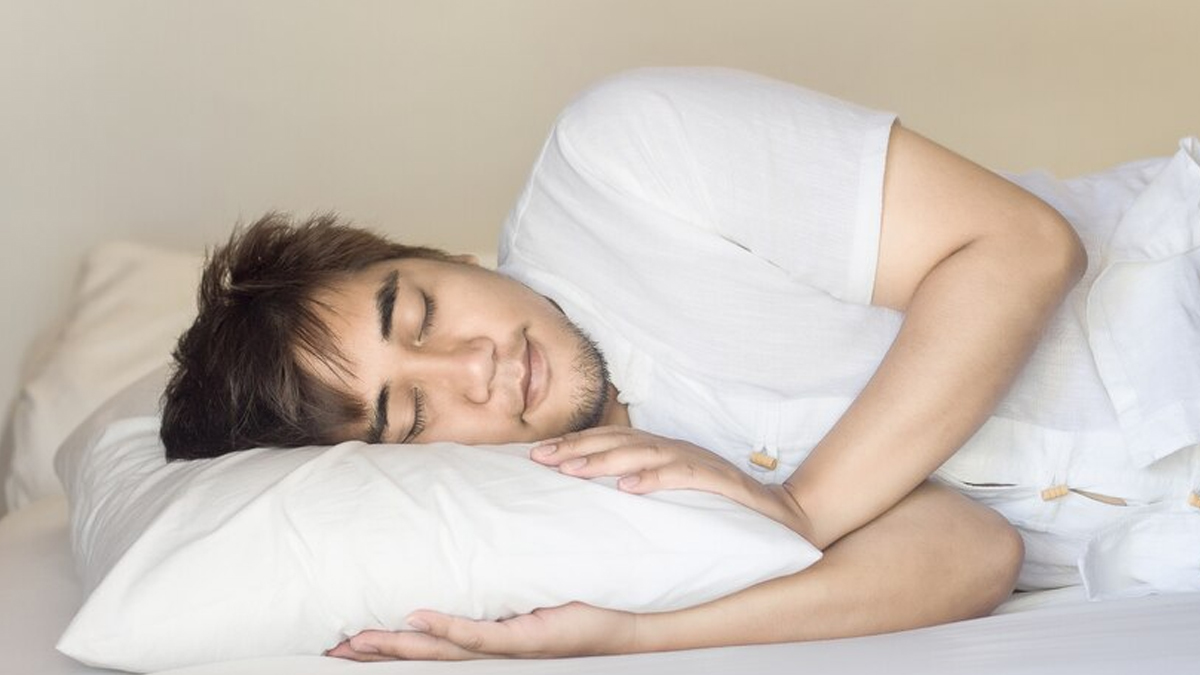
In the world full of work pressure, stress, and fast-paced corporate environments, sleep often takes a backseat to busy schedules and late-night screen time. Tossing and turning, waking up groggy, or feeling drained despite a full night’s rest, sound familiar? If so, you're not alone. Thankfully, there’s a straightforward solution gaining popularity for its simplicity and effectiveness, the 10-3-2-1-0 rule.
Table of Content:-
This rule isn’t about fancy gadgets or strict routines; it’s a practical, science-backed approach to help you sleep better and wake up refreshed. By making small adjustments to your daily habits, you can finally reclaim the restful nights you deserve.
What Is the 10-3-2-1-0 Rule?
The 10-3-2-1-0 rule outlines a timeline of actions to take (or avoid) before bedtime to optimise sleep quality:
10 Hours Before Bedtime: Avoid Caffeine

Caffeine, a stimulant, stays in your system for several hours. Consuming coffee, tea, or energy drinks within 10 hours of your bedtime can disrupt your ability to fall asleep. This rule ensures your body has ample time to metabolise and eliminate caffeine. A study published in Journal of Clinical Sleep Medicine found that consuming caffeine even six hours before bedtime reduced sleep time by more than an hour. This supports the 10-hour guideline, ensuring caffeine's effects wear off entirely.
3 Hours Before Bedtime: Stop Eating and Drinking Alcohol

Eating heavy meals or consuming alcohol close to bedtime can interfere with your body's natural sleep cycle. Alcohol may initially make you drowsy, but it disrupts the deeper stages of sleep later in the night.
2 Hours Before Bedtime: End Work or Screen Time

Working late or staring at screens can overstimulate your brain. The blue light emitted by devices like phones, tablets, and laptops suppresses melatonin production, a hormone critical for sleep. Switching off ensures your brain has time to unwind. Research by Chronobiology in Medicine revealed that exposure to blue light before bed reduces melatonin levels, delays sleep onset, and affects overall sleep quality. The 2-hour and 1-hour rules address this directly by reducing screen exposure and encouraging relaxing activities.
1 Hour Before Bedtime: Relax Without Screens

Dedicate the last hour of your day to relaxing, screen-free activities. Engage in reading, meditation, journaling, or light stretching to signal to your brain that it's time to wind down.
0: No Snooze Button in the Morning

When the alarm rings, resist the temptation to hit snooze. Snoozing disrupts your sleep cycle and can leave you feeling groggier. Waking up at the set time trains your body to maintain a consistent rhythm. Studies show that maintaining a consistent wake-up time improves circadian rhythms, leading to better sleep quality and alertness. Avoiding the snooze button reinforces this consistency.
Also read: Waking Up At 3 AM Every Night? Here's What Could Be The Reason
Why Does the Rule Work?
The 10-3-2-1-0 rule is effective because it targets common behaviours that impact sleep quality. It addresses both physical and psychological factors, ensuring your body and mind are primed for restful sleep.
How to Adopt the 10-3-2-1-0 Rule
Implementing this rule may require small lifestyle adjustments, but the results are worth it. Here’s how to get started:

Plan Ahead:
If you aim to sleep at 11 PM, start your wind-down process at 9 PM by turning off screens and ending work by 10 PM.Replace Habits:
Swap your evening cup of tea for a decaffeinated herbal alternative, and replace screen scrolling with a calming book or podcast.Set Reminders:
Use alarms or notifications as reminders to stick to the timeline. Over time, these actions will become second nature.Create a Routine:
Consistency is key. Stick to the rule daily to train your body for optimal sleep.
Benefits Beyond Sleep
Adopting the 10-3-2-1-0 rule can improve more than just your sleep. It enhances productivity, energy levels, and mental clarity. By ensuring your body gets the restorative sleep it needs, you’ll feel better equipped to tackle daily challenges.
Conclusion
The 10-3-2-1-0 rule is a straightforward yet powerful tool for anyone struggling with sleep. Backed by science and rooted in practicality, it offers a clear roadmap to better nights and brighter mornings. By making small changes to your daily habits, you can transform your sleep quality and overall well-being. So, set your bedtime goals, follow the rule, and wake up to a more energised and healthier you!
Also watch this video
How we keep this article up to date:
We work with experts and keep a close eye on the latest in health and wellness. Whenever there is a new research or helpful information, we update our articles with accurate and useful advice.
Current Version